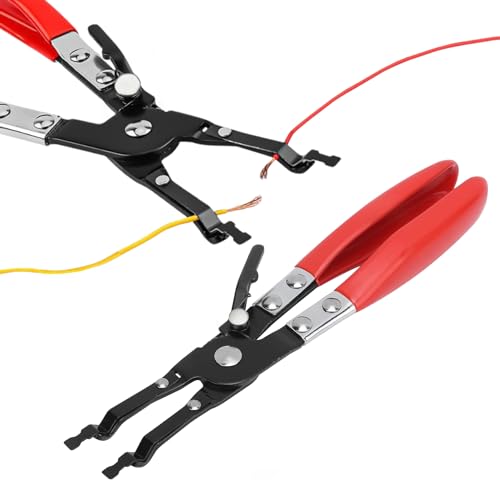maby said:
Very true - and the question needs to be rephrased to be more meaningful. At speeds below about 40mph, the car is always being driven by electricity - the only question is where that electricity is coming from. I don't think the instrumentation built into the car provides a meaningful answer on the subject - you can start out on a long journey with a flat battery and arrive at the other end with the dash showing 30 or 40% EV. Clearly, all the distance travelled has been powered by burning petrol, but sufficient charge has been generated during the journey to turn the engine off 30% of the time.
Very correct observation.
The engine has been consumed for the energy needed for drive the distance.
But it has been off for some percentage of the driving time.
We are used to consider car (and engine) consumption in km / distance travel by the car
But there is also the "power" factor .. that is maybe more relevant ... make X km at 25% ICE power or same X km but at 75% power, I guess it make a substantial difference in the engine wearing.
Anyhow .. all is very theoretical ...
For me the practice is following:
Outlander PHEV has been designed in a conservative way ... under powered eMotor (at least with limited torque at low RPM) .. and using a "old" 2L block designed for turbo without the turbo
The PHEV is fully automated, so no gearing wearing, no clutch wearing, etc
I'm quite sure the Outlander PHEV "power train"should be able to last over 500.000 km without any special maintenance
My PHEV has already over 125.000 km on the clock .. so I wish I'm just at its 25% of total life




























